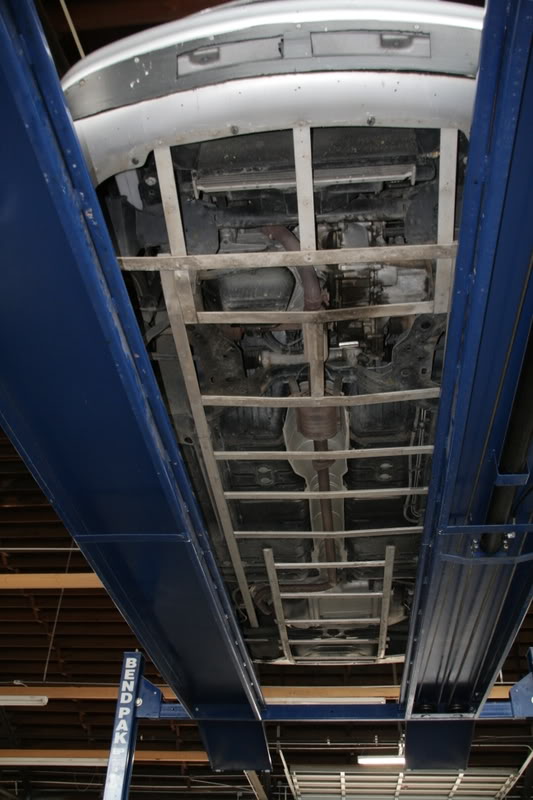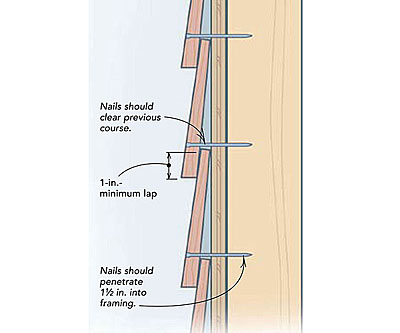Quote:
Originally Posted by ThomCat316

It is tough, flexible, probably fairly easy to fit, and can be cut and solvent welded. And I can get it surplus.
|
I have a conveyor belt air dam, material sourced from a Tractor Supply store.
It is 7-inches or so in depth (
not very wide in other words), thick, heavy, flexible and there are easier materials to cut in my opinion.
Even when cost isn't factored in I can think of a dozen other materials I would rather use for a belly pan.
I don't know what sort of solvent you have in mind but might it make the joints more rigid and stiff?
Could be a good thing or bad thing depending on how you look at it. Personally I do not want to work with solvents over my head even if eyes, skin and hair are covered/protected.
The hot and cold cycles of weather plus vibration and impact concerns would force me to rely on mechanical fastening methods at all joints, but again that's just me.
Lap joints or butt joints, I cannot imagine how this concept is supposed to work. I've seen posted in the forum the metal lattice framework for belly pans, and it is a complex engineering proposition even with the most suited of materials.
In my opinion a better idea would be to trade or barter the conveyor belt material through the forum for other supplies better suited to this task.
Simpler yet, just build a conveyor belt air dam like others posting so far, we all seem to be happy with it.
https://ecomodder.com/wiki/Belly_pan

Quote:
Underside covers can be made out of many different materials, Some suggestions are coroplast (corogated plastic) or metal sheet. When choosing a material make sure it is strong enough to survive wet weather and being hit by small objects picked up by the tires.
The material used around the exhaust should be metal, coroplast will melt and deform. Metal can be used above the coroplast to ensure it does not touch the hot exhaust. The picture on the right shows an example of a frame that is used to mount coroplast to, it keeps the coroplast off the hot exhaust and keeps it generally flat. If a full frame is not used it is recommended to use either a metal frame or metal sheet just above the hot exhaust.
To install the sheet material drill and tap or pop rivet into suitable fixing points on the car. When screwing into the underside of the car check that sharp screw ends dont poke in through the floor of the cabin.
Note: Pop rivets work well when fixing to thin sheet metal areas like the floor of the cabin.
|
EDIT:
When trying to picture what lapping the joints would look like, I came up with a picture of clapboard siding.
https://www.finehomebuilding.com/200...bottom-or-both

An underbelly louver?

I first thought about butt joints going the length, but going across the width perpendicular to the flow might also work.
I guess the butt joints could work well if the lattice frame was wide enough and sturdy enough to take the heavy conveyor belt material.
Weight = Fuel consumption
At least for city driving.